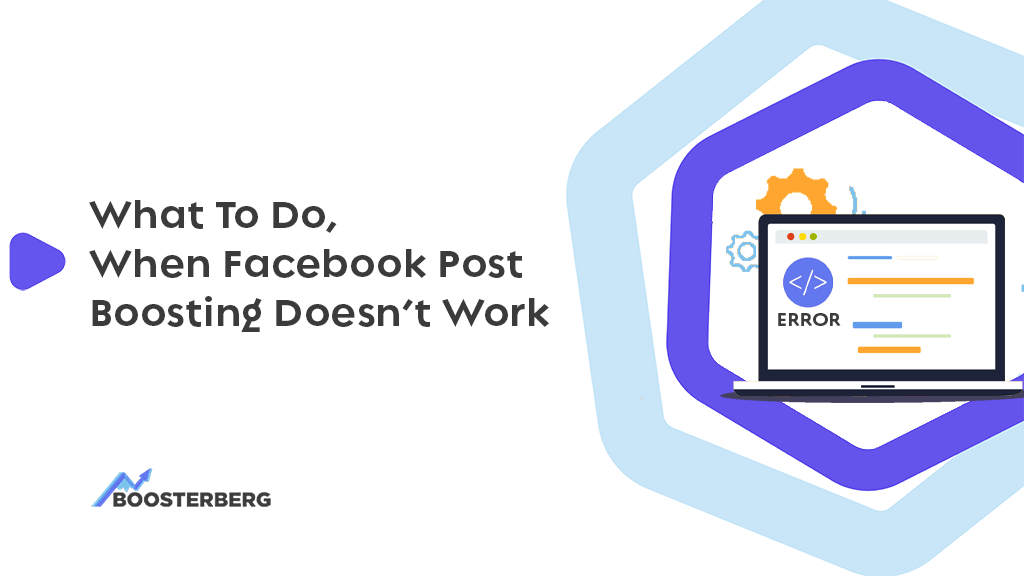Wondering why Facebook post boosting doesn’t work – sometimes, that is?
We’ll admit; that was a bit of a click-bait title. Facebook post boosting works – well, it does when your use it right, anyway. And yes, you should undoubtedly make boosting your posts a part of your Facebook advertising strategy; it’s a powerhouse for combating the ever-declining organic reach.
More often than not, it’s something you’re doing wrong – and this guide is all about figuring out what and how to fix it.
1. You’re Boosting The Wrong Posts
Boosting every single post seems like a good strategy in theory. You’re getting maximum reach and exposure for every bit of content you share, right?
Well, not so fast.
For one, if you try to do that, the ad still has to go through Facebook’s review process. Even if all your posts somehow make it past the review stage, that still doesn’t make boosting all of them a good idea.
Even if you’re not boosting everything, there’s still a possibility that you’re simply choosing the wrong posts to promote.
Here’s what to consider before paying Facebook ads:
- Does your post serve a purpose?
- Is it engaging?
- Will people share it?
- Is it dated, or is it still relevant to your audience today?
- Is it designed to generate sales?
- Does it have a Call-To-Action?
If you’re not saying “Yes” to at least one of the questions above, you may want to reconsider boosting the post.
2. You’re Targeting The Wrong Audience
Another relatively common mistake that can lead people to believe that Facebook post boosting doesn’t work is choosing the wrong audience.
The fact that you can boost your posts and distribute them to a specific target audience is one of Facebook’s leading features marketing-wise. Facebook ad targeting allows you to narrow down consumer groups based on location, age, gender, job title, income – and more.
But when things don’t go as planned, you might want to check your target audience pool.
On the one hand, there’s a chance that you’re targeting a broader group of Facebook buyers than you should. Reaching as many people as possible sounds like a good idea – but in reality, all it does is serve your post to people who aren’t interested.
And on the other hand, there’s also a possibility that your audience is too specific and too small. If that’s the case, consider removing some of the parameters or adding other factors that would broaden your audience a bit.
3. You Have The Wrong Ad Setup
When boosting your Facebook posts, you should also consider what you’re hoping to get out of it – and how the post you’re boosting aligns with that goal. It’s a matter of combining the right post with the correct ad setup.
Some of the goals for your boosted post can be more engagement, more website visitors, or getting more leads, for example – with a call-to-action button to match. You’ll be able to set a budget, adjust the duration and timing, and choose your ad placement.
There are many parameters to set and manage here before hitting the Facebook Boost Post button. And if you’re not entirely sure how do Facebook ads work, that generally means there’s plenty of room for error, too.
We Have A Solution – Automated Facebook Post Boosting
There are automated tools that can help you manage post-boosting features and settings while leaving no room for small mistakes that usually lead to inefficiencies.
So, instead of struggling to manage things manually and troubleshoot common post boosting issues on Facebook, consider using automated software to ensure the best performance of your posts.
Focus on ideas and content, not on manual ad management.
Try BOOSTERBERG for a hassle-free way to get ahead in marketing automation!

